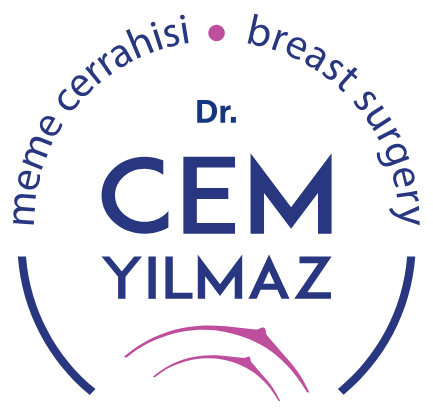Saturday: 08:00 - 14:00
Biopsy
Breast screening is performed using methods such as ultrasound, mammography, MRI, and PET scans to determine if there are any suspicious conditions or problems. If cancer is suspected, cell and tissue samples are taken from the detected tumor for microscopic examination to achieve a definitive diagnosis.
A breast biopsy involves taking a tissue sample from the suspected breast area and having it examined by a pathologist using microscopic methods.
A biopsy is necessary to determine whether surgery is necessary for the suspicious area and to determine the type and extent of the procedure.
Breast cancer is diagnosed through physical examination, imaging studies, and biopsy. Using these three methods together increases the rate of accurate diagnosis. Histopathological examination is particularly important in cancer diagnosis. Therefore, many different methods have been defined:
Fine Needle Aspiration Biopsy (FNAB): This is an easy and inexpensive method. Cells detached from the tissue are collected through the needle, not the tissue itself. This allows for cytological examination of only these cells, and the benign or malignant nature of the sampled cells can be determined. The accuracy of FNAB increases if the examining cytopathologists are experienced in breast biopsies.
Fine Needle (Core) Biopsy: This is performed using a larger-bore needle. This procedure is performed after local anesthesia is applied to the breast skin. Because a tissue sample can be obtained, it provides more accurate information about the tumor.
Stereotactic Biopsy: This is a biopsy performed using a special wire or needle to detect lesions (often microcalcifications) that are not palpable within the breast tissue but are detected mammographically.
Incisional Biopsy: This is an open surgical biopsy that involves removing a portion of a suspicious breast tissue mass. While once common, it has been abandoned today, except in some exceptional cases.
Excisional Biopsy: This is an open surgical biopsy that removes the entire breast tissue mass. Due to advancements in needle biopsy techniques, it is not a preferred biopsy method today.


